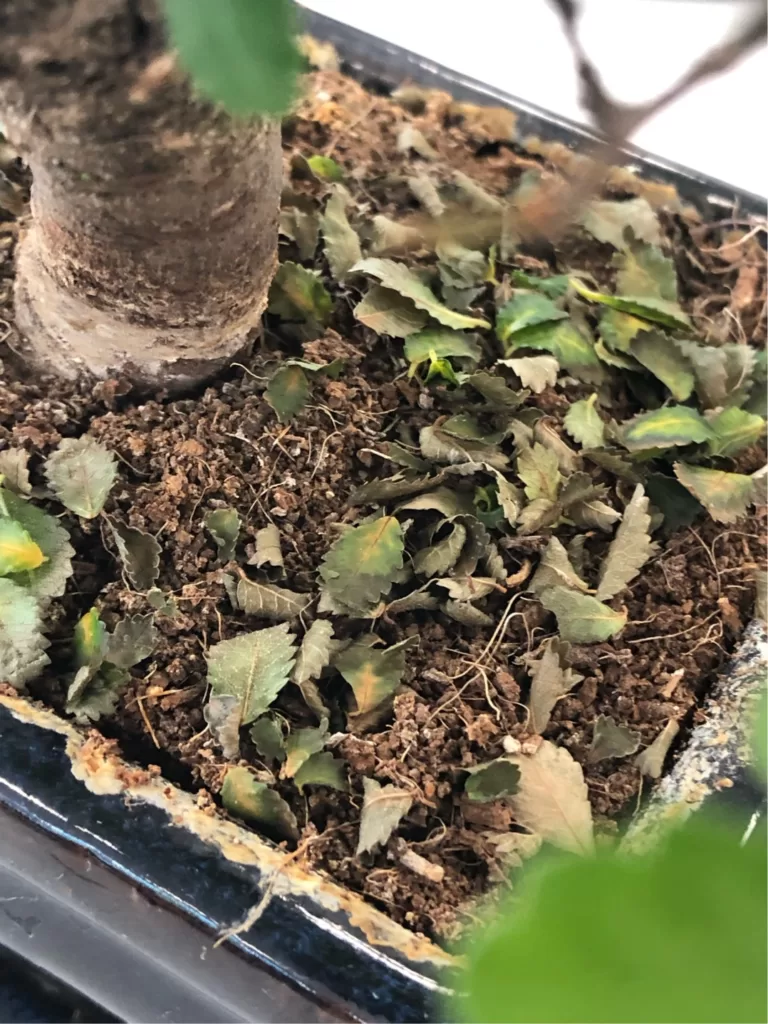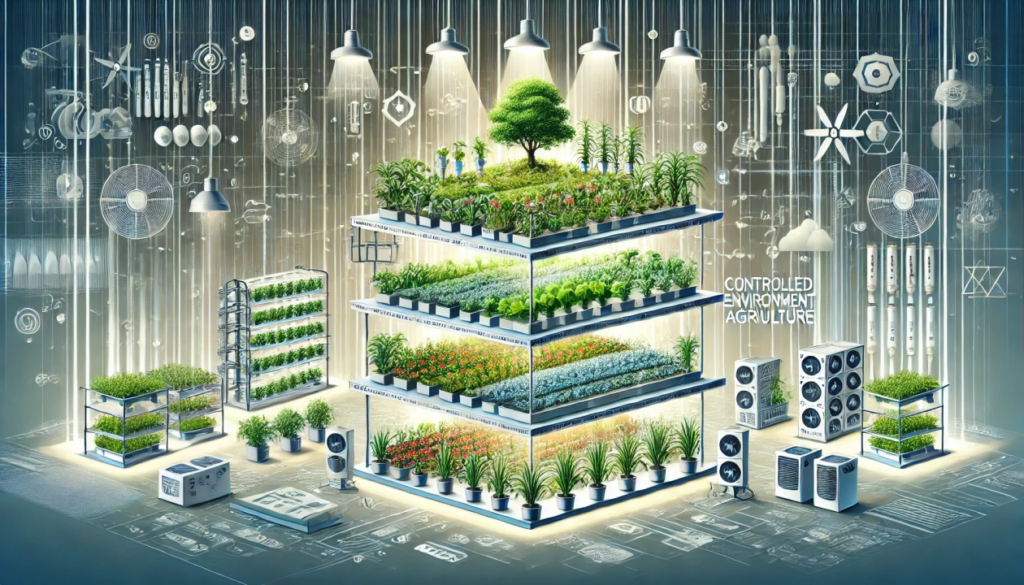Complete Guide to Soil Mix for Raised Bed Tomato Gardening at Home
Gardening is a fulfilling hobby that can be done in any part of the world, and with the right techniques, you can grow your produce right at home. Growing tomatoes in raised beds have been a popular trend in recent years. The use of soil mix in raised bed tomato gardening is vital for plant growth and success. In this article, we will dive into the importance of soil mix for raised bed tomato gardening at home, factors to consider when choosing soil mix, and tips for maintaining your raised bed tomato garden soil mix.
Understanding the Importance of Soil Mix for Raised Bed Tomato Gardening at Home
The quality of the soil mix is crucial to the growth and success of your tomato plants. Soil mix contains essential nutrients, minerals, and organic matter that the plants need to grow and thrive. Unlike traditional soil, soil mix is designed specifically for raised bed gardening, which provides better drainage and aeration for the plants’ root systems. With proper soil mix, you can expect healthy and robust tomato plants, which in turn produce high yields.
Factors to Consider When Choosing Soil Mix for Raised Bed Tomato Gardening at Home
Choosing the right soil mix is crucial to the success of your tomato garden. Here are some essential factors to consider when selecting soil mix:
- Texture – The texture of soil mix should be light, porous, and fluffy, allowing for proper drainage and aeration.
- pH Level – The pH level of the soil mix should be between 6.0 to 6.8, which is the optimal range for tomato plants to absorb nutrients.
- Nutrient Content – The soil mix should contain the necessary nutrients such as nitrogen, phosphorus, and potassium.
- Organic Matter – The soil mix should contain organic matter, such as compost or aged manure, which provides a source of nutrients for the plants.
- Cost – The cost of soil mix can vary depending on the quality and brand. Choose a soil mix that is within your budget while still meeting the above criteria.
How to Choose the Right Soil Mix for Raised Bed Tomato Gardening at Home
Choosing the right soil mix is not always easy, but there are ways to ensure that you get the best quality soil for your raised bed tomato garden. Here are some steps to follow when selecting the right soil mix:
- Research – Do some research on different soil mixes available in the market, and read reviews from other gardeners to learn about their experiences with the soil mix.
- Check Soil Quality – Check the quality of the soil mix by feeling it in your hands. Good soil mix should be light, porous, and crumbly.
- Check pH Level – Check the pH level of the soil mix using a soil testing kit. Ensure that the pH level is between 6.0 to 6.8.
- Check Nutrient Content – Look for soil mixes that contain the necessary nutrients for plant growth, such as nitrogen, phosphorus, and potassium.
- Check Organic Matter – Soil mixes that contain organic matter such as compost or aged manure are best for raised bed tomato gardening.
Preparing Your Raised Bed for Tomato Gardening with the Right Soil Mix
Once you have selected the right soil mix, it’s essential to prepare your raised bed for tomato gardening. Here are some steps to follow when preparing your raised bed:
- Clear the Area – Clear the area where you plan to build your raised bed. Remove any grass, weeds, or debris from the area.
- Build the Raised Bed – Build the raised bed using untreated wood or other materials. Ensure that the bed is at least six inches deep.
- Fill the Raised Bed – Fill the raised bed with the soil mix, leaving about two inches of space in between
Factors to Consider When Choosing Soil Mix for Raised Bed Tomato Gardening at Home
Before we discuss how to choose the right soil mix for your raised bed tomato garden, let’s talk about the factors you need to consider.
- Drainage Good drainage is important to prevent waterlogging and to ensure the plant roots get enough oxygen. The soil mix for your raised bed tomato garden should be well-draining but should also retain enough moisture to prevent drying out.
- Nutrient Content Tomatoes are heavy feeders, and they require a lot of nutrients to grow and produce healthy fruits. Choose a soil mix that is rich in organic matter and contains essential nutrients like nitrogen, phosphorus, and potassium.
- pH Level Tomatoes prefer a slightly acidic soil with a pH range between 6.0 and 6.8. Use a soil mix that has the right pH level to ensure optimal growth and fruit production.
- Texture The soil mix for your raised bed tomato garden should be loose and well-aerated to allow for proper root development. Avoid heavy, compacted soils that can suffocate the roots and stunt plant growth.
How to Choose the Right Soil Mix for Raised Bed Tomato Gardening at Home
Now that you know the factors to consider, it’s time to choose the right soil mix for your raised bed tomato garden. Here are the steps to follow:
Step 1: Determine the Size of Your Raised Bed Before you purchase soil mix, measure the dimensions of your raised bed to determine how much soil you need. This will help you avoid under or overbuying soil.
Step 2: Consider the Soil Mix Ingredients When choosing a soil mix, look for one that contains a mix of organic matter and minerals. A good soil mix for raised bed tomato gardening should contain peat moss, compost, vermiculite, perlite, and a slow-release fertilizer.
Step 3: Check the pH Level Make sure the soil mix has a pH level between 6.0 and 6.8, which is the ideal range for tomatoes.
Step 4: Look for a Well-Draining Soil Mix Check that the soil mix has good drainage properties to prevent waterlogging and root rot.
Step 5: Avoid Heavy and Compacted Soil Mixes Avoid soil mixes that are too heavy and compacted, as they can hinder root development and cause stunted growth.
Preparing Your Raised Bed for Tomato Gardening with the Right Soil Mix
Now that you have the right soil mix, it’s time to prepare your raised bed for planting. Here’s how to do it:
Step 1: Clear the Raised Bed Remove any debris, rocks, or weeds from your raised bed.
Step 2: Add a Layer of Gravel Add a layer of gravel to the bottom of your raised bed to improve drainage.
Step 3: Fill the Raised Bed with Soil Mix Fill your raised bed with the soil mix, leaving a few inches of space at the top to prevent soil from spilling over.
Step 4: Water the Soil Mix Water the soil mix to help settle it and to ensure that it’s moist enough for planting.
Tips for Maintaining Your Raised Bed Tomato Garden Soil Mix
Here are some tips to help you maintain your raised bed tomato garden soil mix:
- Mulch Your Tomato Plants Mulching helps to retain moisture in the soil and prevent weeds from growing. Apply a layer of mulch around your tomato plants.
- Fertilize Regularly Tomatoes require regular fertilization to produce healthy fruits. Apply a slow-release fertilizer to your soil mix at planting time and supplement with a liquid fertilizer every few weeks.
- Water Consistently Tomatoes require consistent watering to prevent drying out or overwater
What is soil mix for raised bed tomato gardening?
Soil mix for raised bed tomato gardening is a combination of different soil components that are blended together to create the ideal growing medium for tomatoes in raised beds. The mix typically includes a balance of organic matter, such as compost and peat moss, as well as minerals like perlite and vermiculite.
Why is soil mix important for raised bed tomato gardening?
The right soil mix is crucial for healthy and productive tomato plants in raised beds. A good soil mix provides the necessary nutrients and structure for root development, good drainage and aeration, and helps maintain moisture levels for optimal growth.
What factors should I consider when choosing a soil mix for raised bed tomato gardening?
When choosing a soil mix for raised bed tomato gardening, consider the water-holding capacity, drainage, texture, pH level, and nutrient content. It’s also important to choose a mix that is free of pests and diseases.
How do I choose the right soil mix for raised bed tomato gardening?
To choose the right soil mix for raised bed tomato gardening, start by determining your soil type and any specific nutrient deficiencies. You can then create a custom soil mix or choose a pre-made mix that is appropriate for your needs.
What components should I include in my soil mix for raised bed tomato gardening?
A good soil mix for raised bed tomato gardening typically includes a mix of organic matter, like compost and peat moss, and minerals like perlite and vermiculite. Other components like sand, clay, and topsoil can also be added as needed.
How do I prepare my raised bed for tomato gardening with the right soil mix?
To prepare your raised bed for tomato gardening with the right soil mix, start by removing any existing vegetation and loosening the soil. Add a layer of gravel or rocks at the bottom of the bed to aid drainage, and then add the soil mix, filling the bed to within a few inches of the top.
How can I maintain the soil mix in my raised bed tomato garden?
To maintain the soil mix in your raised bed tomato garden, regularly test the pH levels and nutrient content, and make adjustments as needed. Add organic matter like compost and mulch to improve soil structure and maintain moisture levels. Rotate crops each season to prevent nutrient depletion and pest buildup.
What are some common problems with soil mix in raised bed tomato gardening?
Common problems with soil mix in raised bed tomato gardening include nutrient deficiencies, soil compaction, poor drainage, and pest and disease infestations. Regular testing and maintenance can help prevent these issues.
What can I do if my soil mix in raised bed tomato gardening is not producing healthy plants?
If your soil mix in raised bed tomato gardening is not producing healthy plants, you may need to adjust the pH levels or nutrient content, or add organic matter to improve soil structure and moisture levels. You can also consider using pest and disease control measures to prevent further damage.
What are the benefits of using the right soil mix for raised bed tomato gardening?
Using the right soil mix for raised bed tomato gardening provides a range of benefits, including improved plant growth and productivity, better soil structure and drainage, and reduced pest and disease infestations. It also helps maintain soil health over time, making it easier to maintain healthy tomato plants in the long run.






